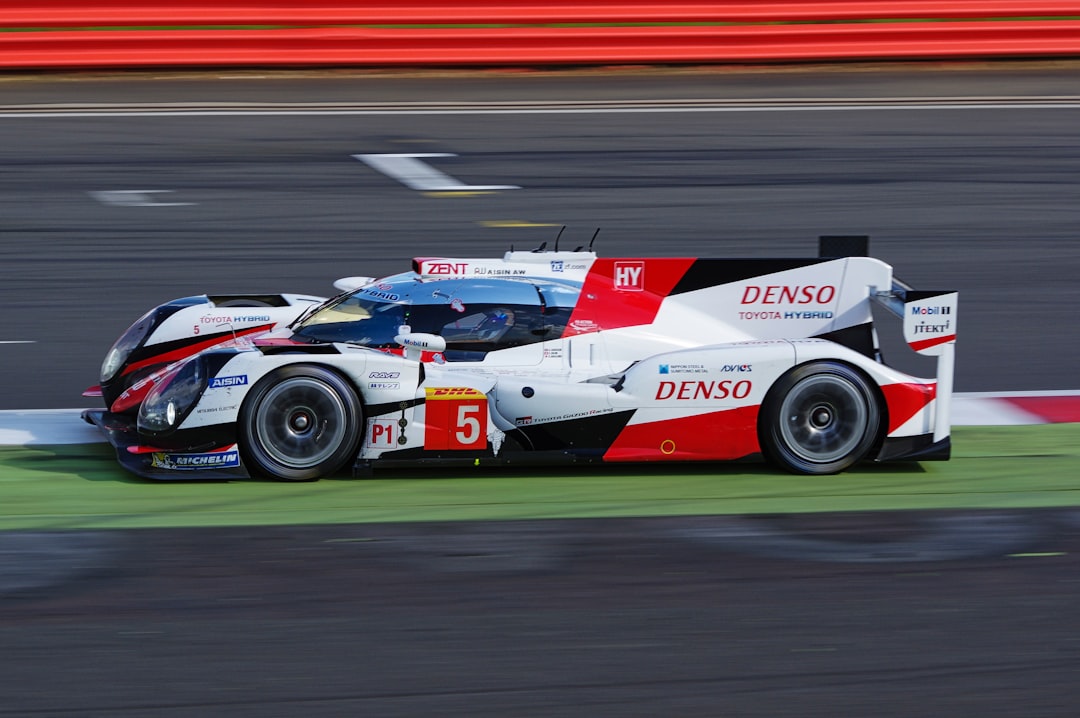What is it about?
Vehicular networks is a key technology for efficiently communicating both user’s devices and cars for timely information regarding safe driving conditions and entertaining applications like social media, video streaming, and gaming services, among others. In view of this, mobile communications making use of cellular resources may not be an efficient and cost-effective alternative. In this context, the implementation of light-fidelity (LiFi) in vehicular communications could be a low-cost, high-data-rate, and efficient-bandwidth usage solution. In this work, we propose a mathematical analysis to study the average throughput in a road intersection equipped with a traffic light that operates as a server, which is assumed to have LiFi communication links with the front lights of the vehicles waiting for the green light.
Featured Image

Photo by Ethan Eberhardt on Unsplash
Why is it important?
We applied a math model to understand LiFi in automotive applications, in order to approach a real environment for a futurist technology.
Perspectives
This work represents a new way of studying LiFi for outdoor use, LiFi will help with local data environments, preventing data from passing through the Internet, obtaining more accurate results and minimizing congestion.
Gerardo Hernández
Instituto Politecnico Nacional
Read the Original
This page is a summary of: Performance Analysis of V2V and V2I LiFi Communication Systems in Traffic Lights, Wireless Communications and Mobile Computing, August 2019, Hindawi Publishing Corporation,
DOI: 10.1155/2019/4279683.
You can read the full text:
Resources
Contributors
The following have contributed to this page










